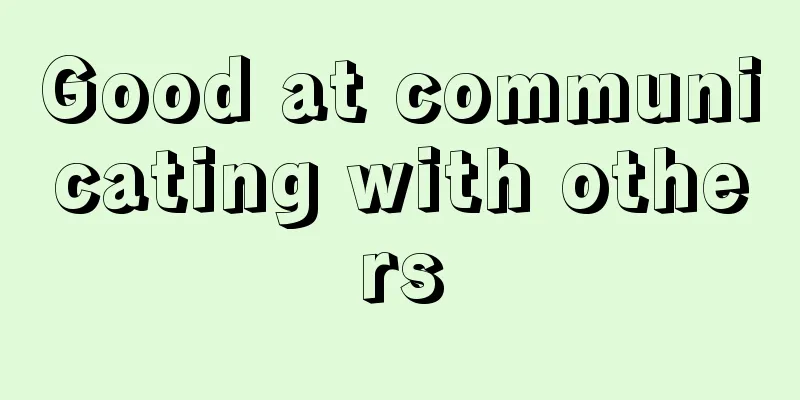Overview of the development status of the global blockchain alliance: a total of 550 institutions participated

|
William Mougayar is the author of the book "Business Blockchain". In addition, he is also a board advisor and investor in many blockchain projects and startups. In this article, Mougayar examines the current state of blockchain alliances around the world, providing an interactive map for further investigation. In 2000, B2B alliance markets began to take the world by storm. They quickly became popular in every industry segment. Such networks enable new levels of collaboration among industry players, simplifying B2B transactions and eliminating redundant processes. At its peak, there were nearly 200 such alliances around the world, each with nearly hundreds of member companies. After the dot-com bubble burst, these alliances were almost wiped out, with only two surviving, for a variety of reasons. The theory of B2B marketing makes sense, but when it comes to practice, it’s another story. Few alliances make it to the end due to unrealistic assumptions, expectations, or insufficient energy or budget. I write this because the new thing called blockchain alliance is also popping up like mushrooms all over the world today. I am both excited and worried about the outbreak of such activities. I am excited because the existence of these alliances will accelerate the development of blockchain, but I am worried because I know that some of them will not succeed. Although in my opinion, the success rate of blockchain alliances is higher than that of B2B alliances in the Internet bubble era. I have compiled 25 important blockchain alliances or organizations, and the main findings are as follows: My research areas are:
An interactive version is here (which means you can also click on each marker to reveal more information about each organization). Here is a link to the Google chart I used. Some facts about them:
Building a coalition is not an easy thing, you need to get different companies to work together, you need patience, and you need tolerance for some political issues. In the best case, alliances allow all participants to move forward collectively and do not provide a competitive advantage, which is why most participants join multiple blockchain alliances at the same time. My predictions for 2017:
Whatever is going on, coalition activity is worth tracking. If I've missed any relevant organizations, please let me know in the comments or on the chart. |
<<: Blockchain and data security: Walmart and Wells Fargo tell you the right way to open it
Recommend
What does a curved career line mean?
There are countless lines in the palm of the hand...
Former IBM President Joins I/O Digital, a Non-Profit Blockchain Organization, to Promote Open Source Blockchain Development and Deployment
Nadal Antonioni, former president of IBM Mexico, ...
Filecoin network enters the EB era, witnessing the birth of a milestone together
Less than four weeks after the launch of the File...
Bitmain prepares 100,000 machines for the flood season, and Zhan Ketuan takes over the mining burden
While the mining army was still migrating eastwar...
Here’s Why Germany Ranked as the Most Crypto-Friendly Country
Germany topped Coincub's ranking of the most ...
People with different looks shouldn't mess with these people. It's really scary.
There are many issues that need to be paid attent...
How to judge the good or bad position of moles on the face
How to judge the good or bad position of moles on...
Palmistry for marriage, palmistry for not getting married early
Nowadays, there are more and more older single wom...
Preliminary Analysis of Bitcoin Donations in Ukraine
0x00 Background On February 26, the Ukrainian gov...
What kind of people have a low chance of success in love?
What kind of people have a low chance of success ...
What does a woman's M-shaped hairline mean? What other hairline physiognomy are there?
There are many shapes of hairlines, and each one ...
How to tell if a man is blessed?
Some people are blessed in life, while others are...
How does a woman with snake eyes look like? Will a woman with snake eyes bring bad luck to her husband?
The so-called snake eyes mean that a person's ...
What does it mean when Tianliang is in the sick palace? What is the impact?
There are many aspects of knowledge in physiognom...









